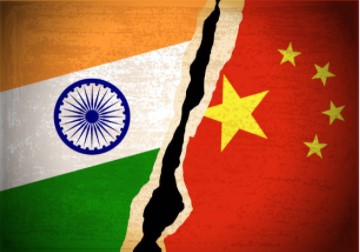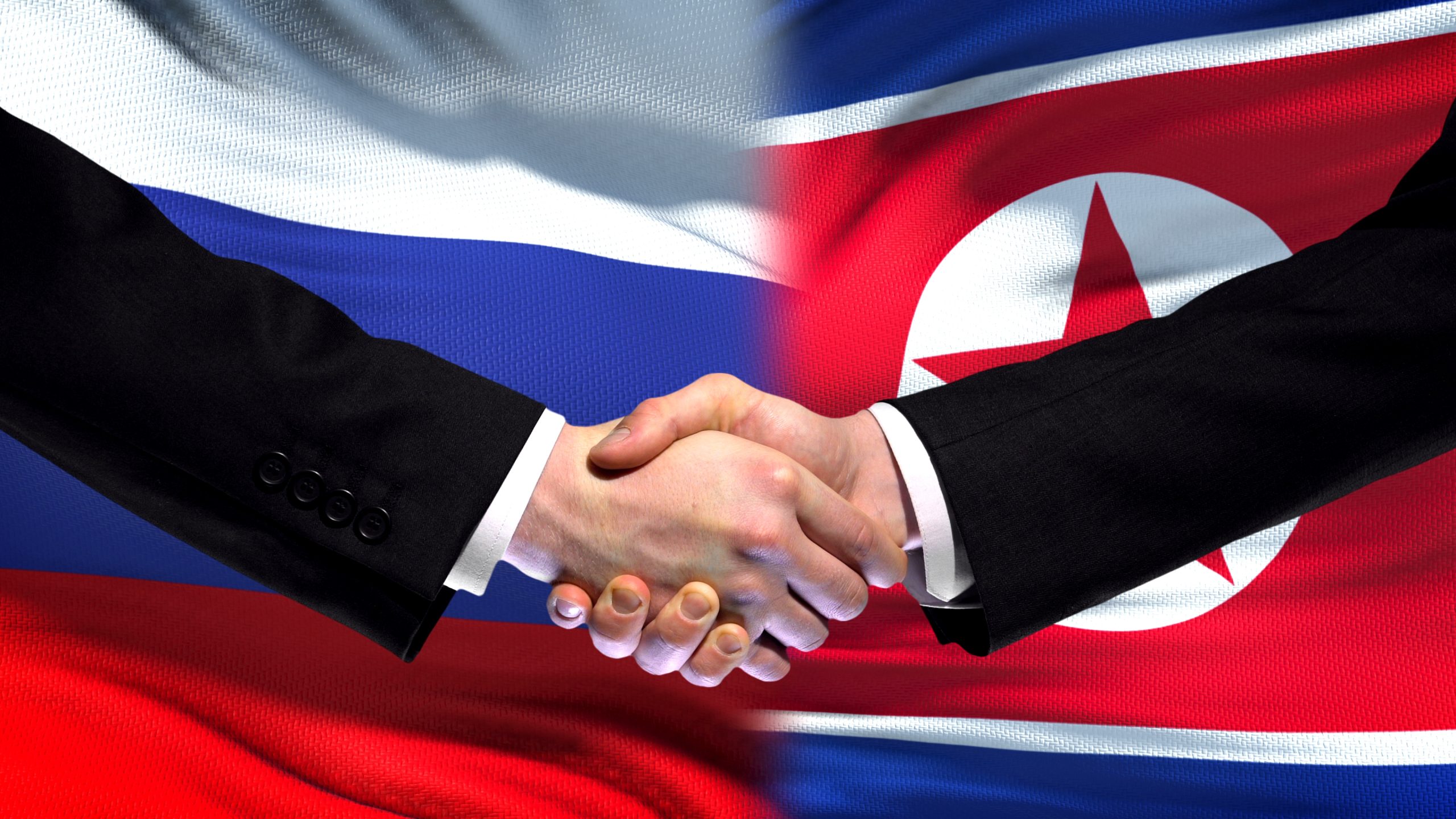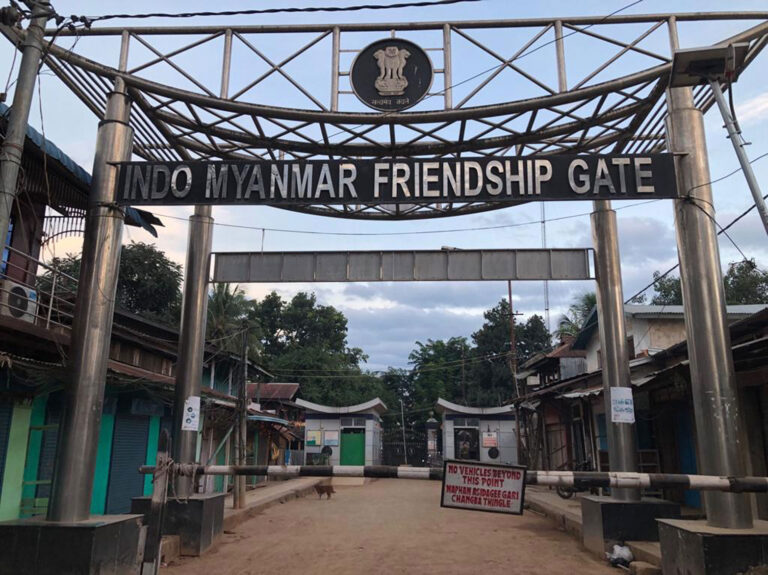
Sweet and Sour Disengagement
Thu, 25 Feb 2021 | Reading Time: 5 minutes

The objective of securing status quo of April 2020 was met and India withdrew from its own territory from the Kailash range. Still, it was not strictly status quo ante as India and China agreed to suspend patrolling between Finger 3 and Finger 8. Even then, the fact that China withdrew from the area it occupied since April 2020 was the sweet flavour of what was cooked up by the negotiators. The decision to start negotiations in the remaining sectors 48 hours after the withdrawal from Pangong was completed was also respected by both the sides. But the sour taste of the Chinese dish became evident when it became clear that the Chinese indicated that they had no intention to restore status quo in Gogra and Depsang. Several analysts hold the view that, though what was achieved was a good step, it was a mistake to have taken up sector by sector without a commitment to resolve all the sectors.
Chinese inscrutability is proverbial. No amount of Chinese studies and Confucius lessons will enable others to understand the motivations and methods of China. Chinese actions on the China -India border in 2020-21 are no exception. No one knows why they moved massive weaponry and columns of soldiers along the Line of Actual Control (LAC) in Ladakh at the height of a pandemic when China should have focused on fighting the pandemic. Similarly, no one knows why they agreed to withdraw their forces to the positions occupied before April 2020, with no apparent benefit.
There is no shortage of theories. First, China may have wanted to avenge, in collusion with Pakistan, Indian actions in Jammu and Kashmir and Ladakh. But no demand was made to reverse the situation in those areas. Second, China may have decided to strengthen their claim lines and secure positions of strength on the LAC in anticipation of discussions on the border. Third, China was on a quest for global leadership to fill the vacuum expected to be left by a weakened United States as exemplified by the flexing of muscles in Hong Kong, Taiwan and the South China Sea.
The readiness with which China agreed to discuss disengagement right from the beginning was another surprise. At no point did they seem to have played for time to secure any particular advantage. The first disengagement ended in a clash in Galwan costing human lives on both sides, but the Chinese finally completed withdrawal from that area. After nine rounds more of discussions, Defence Minister Rajnath Singh told Parliament on February 11, 2021 about an agreement between India and China on disengagement in the north and south banks of Pangong Lake that mandated both sides to “cease” forward deployment of troops in a “phased, coordinated and verifiable” manner. China will pull back its troops to east of Finger 8 areas in the northern bank of Pangong Lake while the Indian personnel will be based at their permanent base at Dhan Singh Thapa Post near Finger 3 in the region. Similar action would take place on the south bank of the lake, he said.
The Chinese side insisted on withdrawal of Indian troops from several strategic peaks on the southern bank of the lake. In August 2020, Indian troops had occupied a number of strategic heights in the Kailash range, around the southern bank after the Chinese PLA attempted to intimidate them in the area. Both sides had rushed a large number of battle tanks, armoured vehicles and heavy equipment to the treacherous and high-altitude areas of eastern Ladakh region after tension escalated following a deadly clash in the Galwan Valley in June last. The Indian move was considered a heroic effort which turned the tide against China. Many strategists had suggested that we should not vacate these heights, but the withdrawal became inevitable as part of restoring status quo. Some experts now say that vacating those heights were not such a big deal and that we can reoccupy them quite easily.
In his statement in Parliament, the defence minister had said that it was agreed to convene the next meeting of senior commanders of both sides within 48 hours of the completion of the disengagement in the Pangong Lake areas so as to resolve all other remaining issues, including in Depsang, Hot Springs and Gogra.
The pulling back of troops, which began on February 10, weapons and other military hardware as well as dismantling of bunkers, tents and temporary structures in north and south banks of Pangong Lake were completed on February 17 and both sides have carried out a verification of the same. As agreed earlier, the tenth round of Corps Commander-level talks are scheduled to start at the Moldo border point on the Chinese side of the Line of Actual Control, and will be the first engagement between the two sides at a senior level after conclusion of the disengagement process in Pangong.
In a related development, China, for the first time, officially acknowledged that four of its soldiers were killed in the fierce clash with the Indian Army in the Galwan Valley in eastern Ladakh in June last year. India had lost 20 soldiers in the fierce hand-to-hand combat. Many agencies, including the Russian News Agency, TASS had reported 45 Chinese deaths.
The Indian Army released short videos and photographs showing thinning down of troops and dismantling of bunkers, camps and other facilities by the Chinese military in the areas around the Pangong Lake. The visuals also showed Chinese military using a bulldozer to flatten some structures, and vehicles with troops and equipment preparing to retreat to rear bases as part of the infantry disengagement. The photos and videos largely depicted a fast-paced disengagement process on both north and south banks of Pangong Lake, including withdrawal of troops, removal of machinery and dismantling of temporary structures like bunkers, posts and tents. But China released a doctored video, conveying the impression that India was responsible for the whole situation on the LAC.
If China withdraws from all the areas occupied with considerable effort and expense, the mystery of their motives will deepen further. As far as India is concerned, the limited operations consisting of readiness for talks, preparations for war and economic actions against China have borne fruit. The allegations by the opposition of a sell-out do not seem justified. Once the withdrawal is complete, not an inch of Indian Territory will be in the hands of the Chinese, according to the Government.
Finally, in the absence of a credible explanation of Chinese motives for their 2020 exploits, we need to keep our fingers crossed to ensure that history does not repeat itself. In July 1962, there was a similar withdrawal of the Chinese in Ladakh about which Prime Minister Jawaharlal Nehru had issued a welcome statement. Within three months, in October 1962, China unleashed a full scale war against India with the only explanation that China wanted to “teach India a lesson!” How many lessons do we have to learn before we can have peace with China?
It is evident that the entire architecture of the India-China relationship built over the years has been shattered by China. The agreement to set aside the border issue and proceed with bilateral cooperation and the agreement to maintain peace and tranquility on the border have become history and a new consensus has to emerge as a basis for the journey ahead and the key will be finding the alignments of an agreed border between India and China.
*******************************************************************************
Author

T.P.Sreenivasan is a former Ambassador of India and a member of the National Security Advisory Board and presently the Director General of the Kerala International Centre. He has nearly 20 years of experience in multilateral diplomacy and has represented India at a number of international conferences organised by the United Nations, the Commonwealth and the Nonaligned Movement. He has chaired several UN Committees and Conferences.
Disclaimer
The opinions expressed in this article are the author’s own and do not reflect the views of Chanakya Forum. All information provided in this article including timeliness, completeness, accuracy, suitability or validity of information referenced therein, is the sole responsibility of the author. www.chanakyaforum.com does not assume any responsibility for the same.
Chanakya Forum is now on . Click here to join our channel (@ChanakyaForum) and stay updated with the latest headlines and articles.
Important
We work round the clock to bring you the finest articles and updates from around the world. There is a team that works tirelessly to ensure that you have a seamless reading experience. But all this costs money. Please support us so that we keep doing what we do best. Happy Reading
Support Us




















POST COMMENTS (0)